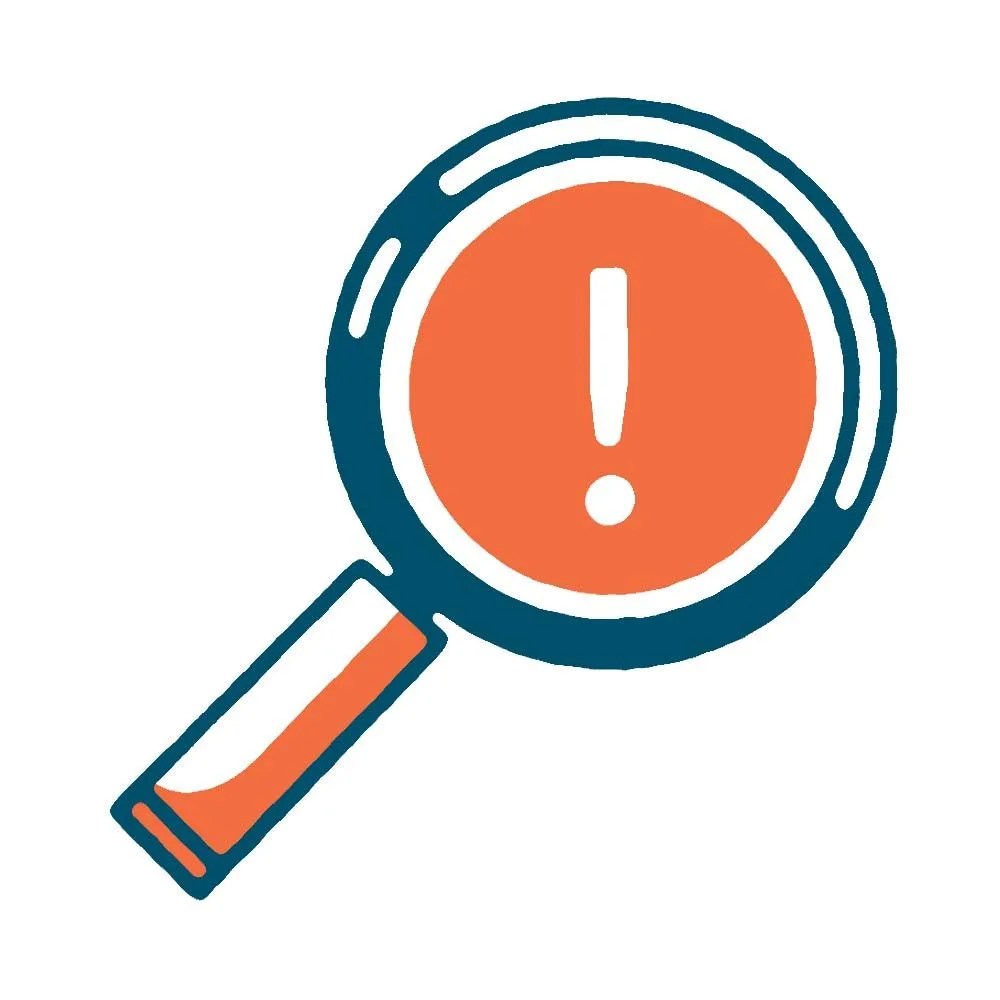Editor’s Note: In this limited series, Under the Hood, we’ll share do-it-yourself tips for drivers who want to wrench their own cars, no matter their skill level.
Has this ever happened to you? You’re driving along, and suddenly an old nemesis pops up: that orange check engine light. You limp to the nearest mechanic for diagnosis… and receive an estimate in the hundreds. Plus labor. Could you save money with a DIY job? More to the point, could you have also diagnosed the issue yourself? The answer to those questions, respectively, is ‘maybe’ and ‘almost definitely.’ But how, you ask? With an OBD-II code reader.
OBD stands for On-Board Diagnostics. Since 1996, every car sold in the United States has a universal OBD-II system and diagnostic port. (Similar systems existed before ’96 but didn’t offer any useful information other than “something’s wrong.”) These devices read information from the car’s computers and translate them into fault codes that identify specific issues, allowing you to solve problems without resorting to trial and error. Like a digital Rosetta Stone, the OBD-II code reader is a major key to deciphering problems that cause your car’s check engine light (CEL) to illuminate.
Why You Should Buy One

The biggest benefit to owning an OBD-II reader is determining whether you can make repairs yourself or if an issue should be left to the pros. In that way, the little device could potentially save you big bucks. With the device, you’ll be able to read the code (or, if you’re unlucky, codes) that caused the CEL, and then determine both the difficulty level and potential cost of either a DIY job or a visit to the shop.
The Difference Between Handheld and Wireless Scanners

Nowadays, OBD-II scanners can be categorized as handheld or Bluetooth-operated. Handheld models are plugged into the car’s OBD-II port, which is usually found somewhere under the driver’s side dashboard. When plugged in and activated, the scanner will display any active codes on the scanner’s screen. Wireless scanners are often left connected to your OBD-II port indefinitely and send fault code information to a mobile device app.
Decipher the Codes
For years, OBD-II fault codes have been standardized by the Society of Automotive Engineers, and they are relatively easy to decipher once you’ve learned the system. This knowledge is useful but, admittedly, usually unnecessary since almost every OBD-II reader will also describe the code in question. And there’s always Google, of course. But since you’re here to learn, read on.

Diagnostic codes begin with one of four letters: B, C, P, and U, which stand for Body, Chassis, Powertrain and ‘Network Communication,’ respectively. These are the first step in narrowing the source to a specific problem area.
The next character is a number: zero or one. Zero means that it’s a standardized code, while one means that the problem is specific to the car’s manufacturer. (For example, Mercedes-Benz may have its own series of codes that describe issues unique to their own vehicles.)

